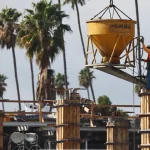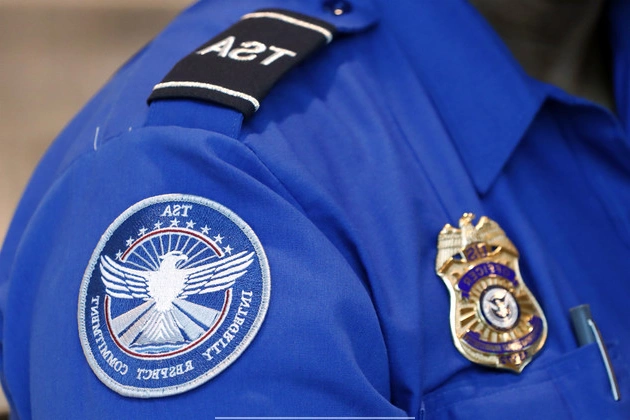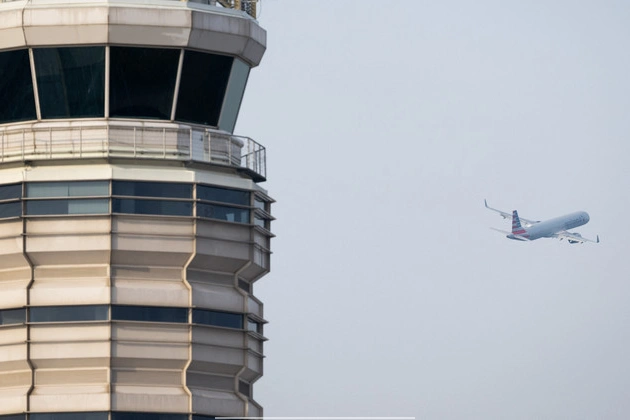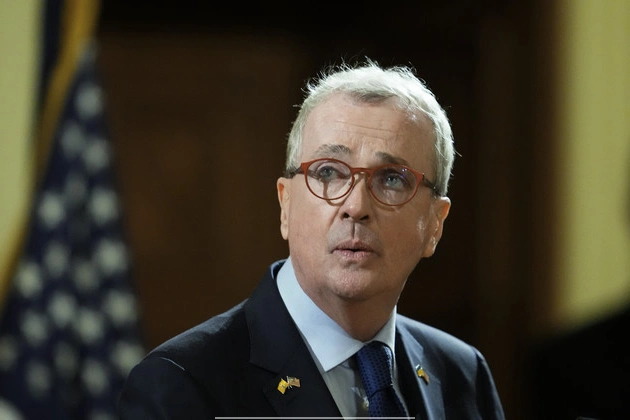
Aviation Safety Concerns and the Potomac Air Crash Investigation
Aviation Safety Concerns: A Deep Dive
The recent air crash near the Potomac River has brought to light a series of longstanding aviation safety concerns that have plagued the industry for years. The incident, involving a helicopter and a passenger jet, has prompted a thorough investigation by the National Transportation Safety Board (NTSB) to determine the root causes of the tragedy.
One of the key issues highlighted in the aftermath of the crash is the critical shortage of air traffic controllers across the United States. The shortage, exacerbated by the Covid-19 pandemic and political funding disputes, has raised questions about the effectiveness of the nation’s air safety system.
Experts have pointed to fatigue, distraction, and potential miscommunication as recurring factors in aviation incidents. The NTSB’s probe into the Potomac crash is expected to delve into these critical aspects to prevent similar tragedies in the future.
Challenges in Air Traffic Control
The Federal Aviation Administration (FAA) has been under scrutiny for its handling of air traffic control operations, especially in light of the recent spike in near-collisions at airports. The agency’s workforce shortage, coupled with outdated safety equipment, has raised concerns about the overall efficiency of the air traffic control system.
Former officials and industry experts have called for increased funding for air traffic controllers and enhanced technology to alleviate the strain on the system. The FAA’s efforts to address the workforce shortage through training programs and partnerships aim to bolster the nation’s air traffic control capabilities in the long run.
NTSB Investigation and Future Outlook
The NTSB’s thorough investigation into the Potomac air crash will shed light on the factors contributing to the tragedy. The agency’s findings, expected to be released in the coming months, will provide valuable insights into improving aviation safety standards and protocols.
In the wake of the incident, policymakers and industry stakeholders are calling for a renewed focus on aviation safety and regulatory oversight. The need for a comprehensive review of air traffic control procedures and training standards has become more apparent, emphasizing the importance of proactive measures to prevent future accidents.
As the aviation industry grapples with the aftermath of the Potomac air crash, a concerted effort is underway to address the underlying issues that have compromised air safety. By prioritizing workforce training, technology upgrades, and regulatory reforms, stakeholders aim to enhance the resilience and efficiency of the nation’s air transportation system.















